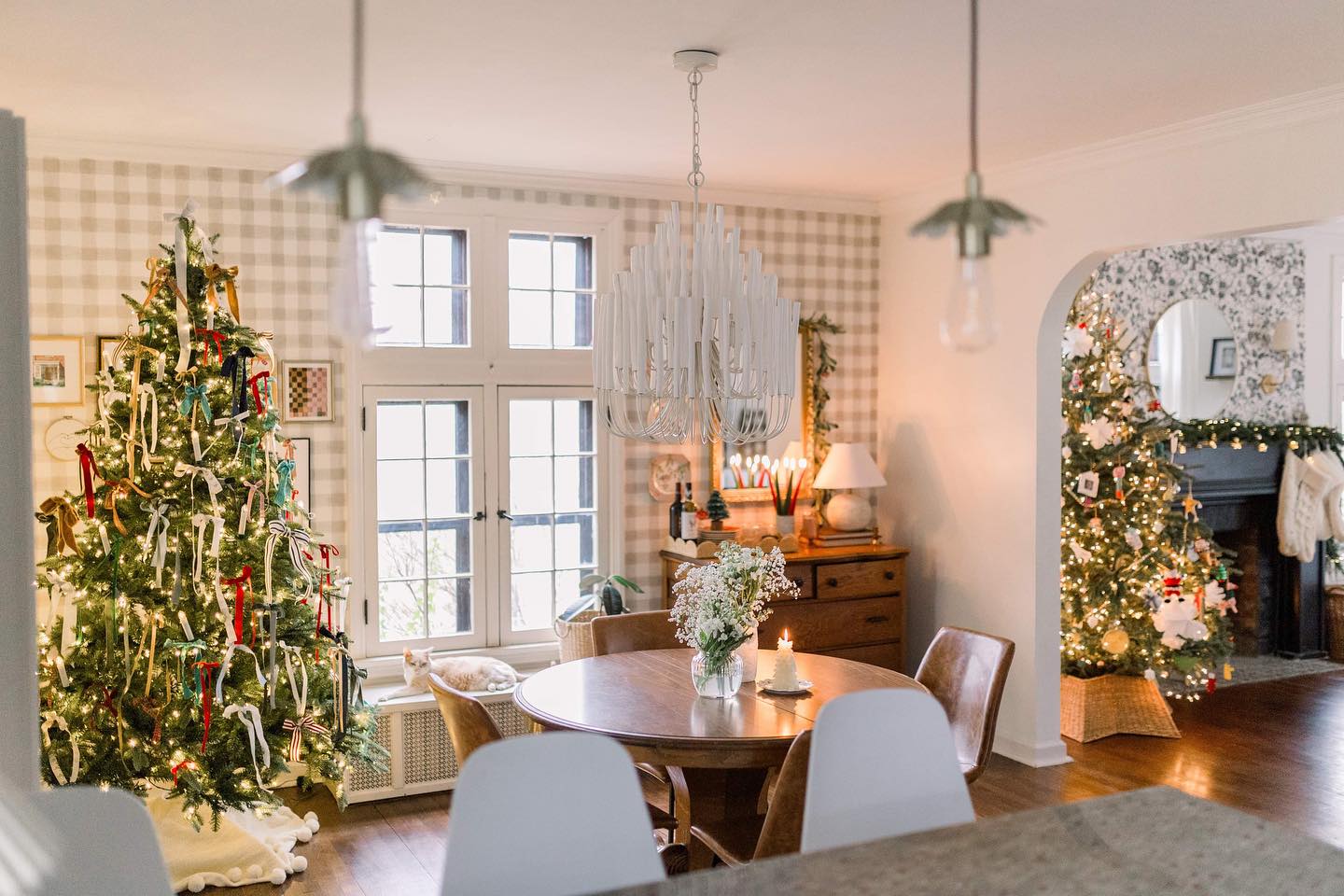Part of achieving the American dream means crafting it to suit your tastes, which include your home. So prospective homeowners are now opting to start from scratch rather than looking at existing homes.
The process seems simple — visit a builder’s model homes then choose a location, floor plan, paint color and countertop style, and you’re done. Not so: There can be more to it than that if you do your homework about customized upgrades that might be worth the investment.
Alan Brown, president of Premier Custom Builders, has been in the business for 20 years and says he’s seen a change in the way upgrades and extras are done. “Builders used to build the homes according to a basic plan, then buyers would select materials and pick out upgrades after the house was purchased.” And though there was a lot of profit in upgrades, it was uncomfortable for buyers to go over-budget and out-of-pocket.
Over the past five years or so, that philosophy has changed. “Instead of negotiating extras after contract, we do it beforehand,” says Brown. “We spend lots of time with clients to make sure the plans are accurate and we’re building exactly what they’re looking for.” He goes through each material category with his clients, allowing for custom upgrade decisions to get a price negotiated up front.
So which upgrades are worth talking to your builder about? Experts from the industry weigh in:
Basic Layout and Design
Trends are important to consider whether you’re designing a home or going off a builder’s model plan. If you incorporate popular, crowd-pleasing elements into your design, your home will retain its value, be more up-to-date and be easier to sell when you’re ready to move.
Experts’ tips and trends
Sensible floor plan. The layout of your home is an important factor for your enjoyment of the space and its desirability when it’s time to sell. So even if you’re working with an established builder’s floor plan, feel free to speak up about making changes if you think they’re necessary. George Davis, president and owner of ProBuilt Homes, is seeing a trend toward first-floor master suites, probably because of the aging population. “First-floor masters are a definite best-seller,” he says.
Design trends. Of course, creature comforts are also a draw. These trends include old standbys such as granite countertops and hardwood floors and newer elements such as large, tiled showers. “People don’t take baths as often as they used to,” says Davis, “but they want bigger showers to enjoy time spent there instead.”
Green building and efficiency. “Green building is the new buzz word in this industry,” says Davis. “All the homes we build are NEO Green Building-certified and Energystar-rated.” The advantage: lower heating and cooling costs, plus lesser impact on the environment. He adds that any builder can say their homes are green, but consumers should look for the certification and rating to be sure it’s official.
Green Bones
When you start negotiating the extras, it pays to start from the very outside of the project, on the shell or “envelope” of the house. These might not be the sexy upgrades, but they’re important in terms of efficiency and environmental consciousness.
Experts’ tips and trends:
Concrete exterior. Poured concrete instead of wood on the outside of a house means no cracks, no air transfer and no leakage. This adds up to greatly improved efficiency, lower utility bills and a happier planet.
Spray foam insulation. “It’s a fairly new technology to Northeast Ohio,” says Brown, “and it’s a huge improvement over the pink stuff, which barely works.” With this insulation method, a water-based foam is sprayed into the attic, making it airtight (like the poured concrete walls).
Heat recovery ventilation (HRV) system. Once your house is sealed up tight, fresh air can’t get in. An HRV brings in and filters fresh air while removing stale air. The result is your home will have the highest-quality indoor air so you and your family can breathe easy.
Hot water on demand. Instead of a traditional gas-heated hot water tank, consider an on-demand tank. It takes a couple seconds longer to get your hot water, but it is heated only when you need it, meaning greater efficiency and endless supply. “Once it gets going, you can take at least five showers in a row without running out of hot water.”
Geothermal heating and cooling. “This one is a little expensive up-front, but it is my personal favorite,” says Brown. This upgrade replaces the need for a gas furnace. Your home’s air is heated by being routed down about 150 feet into a high-temperature layer of Earth. Electricity blows the hot air through your home. “The source of energy is renewable, and the energy bills are economical.” In fact, a home’s gas bills could be reduced by up to 30 percent by using this type of heating.
Wired for Sound (and More)
The time to think about your home’s entertainment and technology needs is during construction, not while you’re deciding where to put the TV.
Home wiring used to deal mostly with where to bring in cable for the TV and sometimes got as complicated as hiding speaker wires in the walls. Things have changed quite a bit. “Many more forward-thinking builders use people like us as technology consultants during initial planning of the home,” says James Carpenter, architect and designer liaison for Audio Video Interiors. “We can work with the client and builder to set up a sophisticated infrastructure.”
Experts’ tips and trends:
Integrated systems. Integrated systems are hot right now in new-home technology. These function essentially like command centers where you can control everything — HVAC system, lighting, security system, entertainment — from one spot (or even remotely throughout the home). But these need to be planned while your builder is still in drafting stage to achieve perfect placement and include all the functions you want.
Centralized equipment. People today want to maximize storage space, so many opt to centralize housing for all AV equipment. Joe Calberaro, project engineer, says he can help clients store all components (such as the cable box, DVD player, CD player, etc.) in one location, accessible from anywhere. “It makes a great difference from the perspectives of design and convenience. It also frees up storage space.”
Countertop Upgrades
It may seem like a small detail, but upgraded kitchen countertops can set the tone for style and a design personality that spills over into every room in the house. But it’s more complicated than asking for just any granite upgrade. There are degrees, standards and ratings that describe granite. Various styles and finishes lend themselves to (and sometimes determine) different styles of houses.
Experts’ tips and trends:
Class system. Pay attention to your granite contractor’s classification system. There is not a set system in the industry, and different companies use their own ratings — one shop’s “class A” is another’s “class 3,” so make sure you understand the system your builder is using. Leslie Reddy, project designer for U.S. Marble & Granite, explains: “The more precious the stone, the more difficult it is to find, the higher its class and the more expensive it will be. Make sure you’re getting the class and quality you want.”
Consider the edge. Generally, when contractors price granite they include a standard edge. (The one at U.S. Marble & Granite is called “eased edge.”) But be sure to ask for something fancier if you want it — think half-bevel, ogee or waterfall. Different companies have different options.
Backsplash. A standard four-inch backsplash is usually included with your countertop, but you can upgrade that, too. “Many customers want something unique, with a little more style,” says Reddy. “It’s a much more upscale look that lets you have your own signature on the design.”
New trends. People are used to seeing granite in a highly-polished, shiny finish, but Reddy says she’s seeing an emerging trend of matte finishes, even one that has a leathery look. “It gives the surface more texture,” she says.
Mix and match. Reddy is also seeing people mix and match their countertops — say, a metal-topped (stainless or copper) island with granite countertops, and vice versa. Or in larger kitchens, two different kinds of granite — one on the island and one on the perimeter.
Engineered stone. If the high maintenance of natural granite has you worried, consider looking at engineered varieties. They are usually made of quartz fashioned to look like granite, but are more heat- and scratch-resistant and do not need to be regularly sealed. It can be pricey and it has its own look, but it’s something to research when you’re shopping around.










